Industry information
Company News
- Aluminum veneer curtain wall: metal art in architecture
- Aluminum veneer curtain wall: the fashionable choice for modern architecture?
- Aluminum veneer customization, creating the art of personalized space
- Curtain wall aluminum veneer: the new darling of architectural art, revealing its charm!
- Aluminum veneer curtain wall: the fashionable coat of modern architecture
Industry dynamics
- How widely is aluminum veneer used in high-rise buildings?
- Fluorocarbon aluminum veneer: the "fashionable coat" of modern architecture
- Aluminum veneer curtain wall: a light luxury interpretation of architectural art
- Aluminum veneer customization: the art of creating personalized spaces
- Advantages and market prospects of aluminum veneer
Frequently asked questions
- What are the applications of aluminum veneer in the construction industry and how can they be improved?
- What factors will affect the price of aluminum veneer?
- What are the types of aluminum veneer?
- What are the applications of aluminum veneer in the interior decoration industry?
- What are the advantages and disadvantages of aluminum veneer compared to other metal materials?
contact us
Mobile:+86 15627778610
Email: 2201229786
Address: No. 5 Binjiang Road, High tech Zone, Zhaoqing City, Guangdong Province
Can fluorocarbon aluminum veneer be cold-formed?
- Author: Lesilong Technology (Guangdong) Co., Ltd
- Release time: February 26, 2025 10:23:13
- Click:0
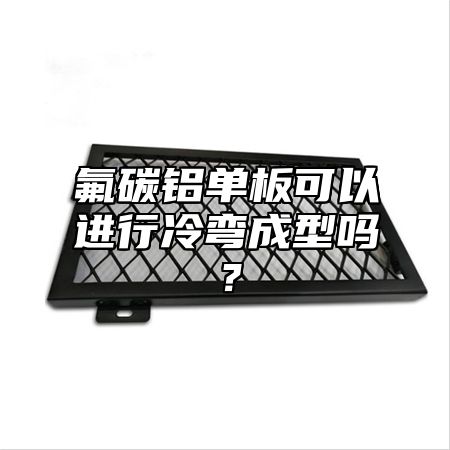
FluorocarbonAluminum veneerIt is a building material widely used in fields such as architecture, billboards, curtain walls, etc. The cold bending performance is one of the important concerns for consumers. The following will provide a detailed introduction on whether fluorocarbon aluminum veneer can be cold-formed.
1. The possibility of cold bending forming
Fluorocarbon aluminum veneer can undergo a certain degree of cold bending, but its cold bending ability is affected by various factors, including material, thickness, shape, etc. Generally speaking, the cold bending ability of fluorocarbon aluminum veneer is better than that of ordinary aluminum alloy, but in practical applications, it needs to be selected and designed according to specific situations.
1. Influencing factors
The cold bending ability of fluorocarbon aluminum veneer is influenced by various factors, mainly including the following aspects:
(1) The quality of materials: The strength and hardness of fluorocarbon aluminum veneer materials have a significant impact on their cold bending ability. High quality materials can produce fluorocarbon aluminum veneer products with better cold bending ability.
(2) Thickness: The thickness of fluorocarbon aluminum veneer is also an important factor affecting its cold bending ability. Generally speaking, thicker fluorocarbon aluminum veneer is difficult to cold bend.
(3) Shape: The shape of fluorocarbon aluminum veneer also affects its cold bending ability, such as square or rectangular fluorocarbon aluminum veneer being easier to cold bend compared to other shapes.
It should be noted that the cold bending forming of fluorocarbon aluminum veneer is not necessarily the stronger the better. In practical applications, selection and design need to be based on specific circumstances. For example, in the design of building exterior walls, it is necessary to consider whether the cold bending ability of fluorocarbon aluminum veneer can withstand the influence of natural factors such as wind and rain to ensure the stability of the building; In the design of interior decoration, it is necessary to consider whether the cold bending ability of fluorocarbon aluminum veneer can meet the weight of furniture, appliances, and other items to ensure its service life and stable performance.
Fluorocarbon aluminum veneer can undergo a certain degree of cold bending, but its cold bending ability is affected by various factors. Consumers should choose fluorocarbon aluminum veneer products that meet the standards and follow the manufacturer's instructions and maintenance recommendations to ensure the service life and stable performance of fluorocarbon aluminum veneer. Attention should also be paid to the characteristics of materials and structural limitations during design and installation to ensure that the construction effect meets the requirements.


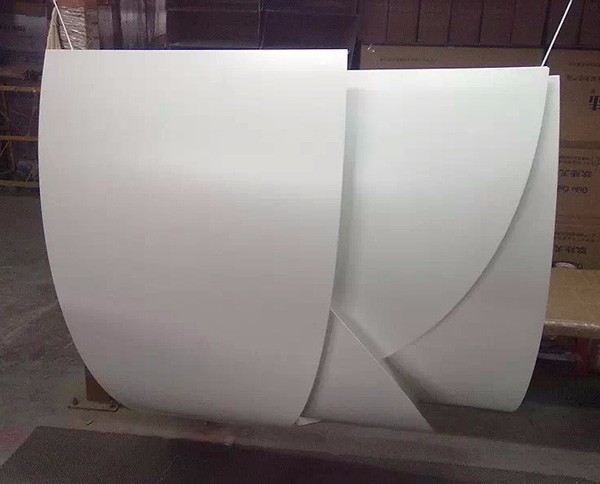
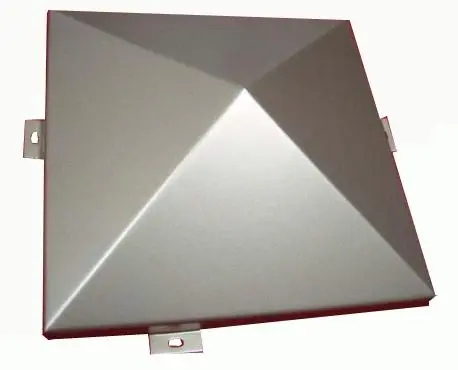
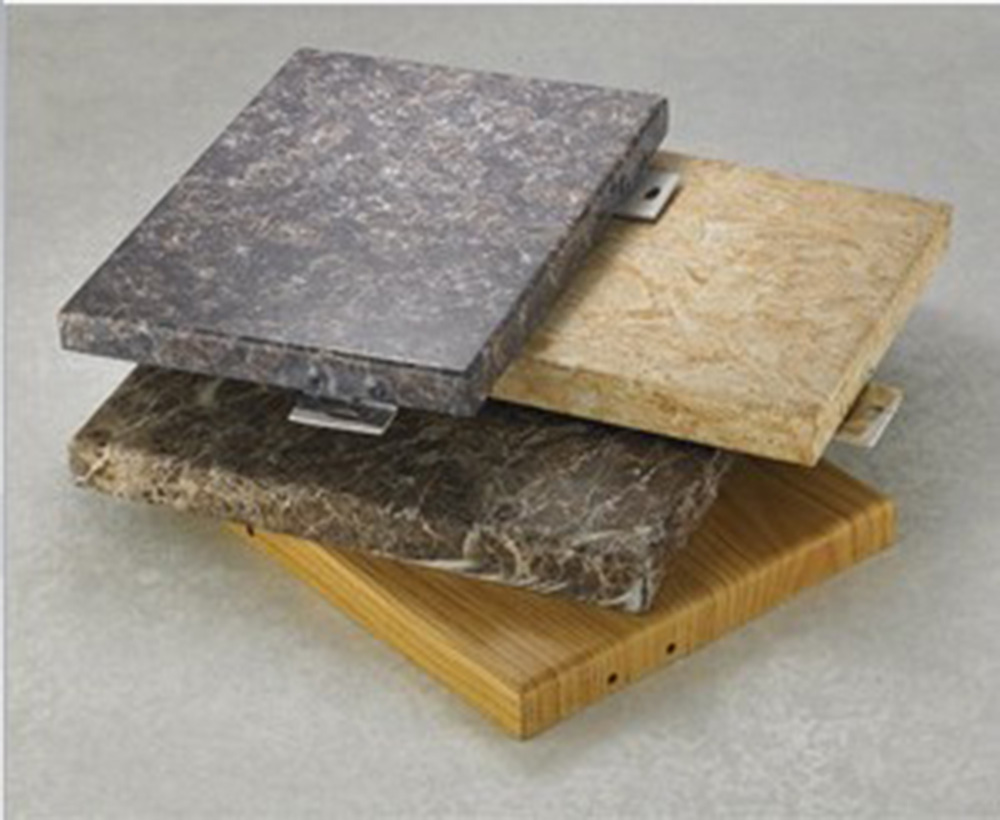
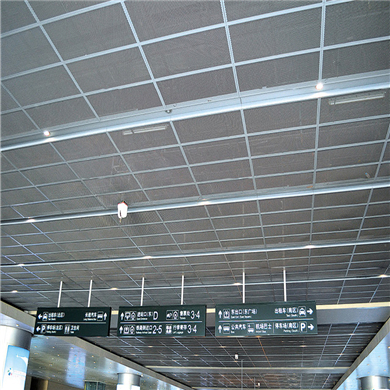
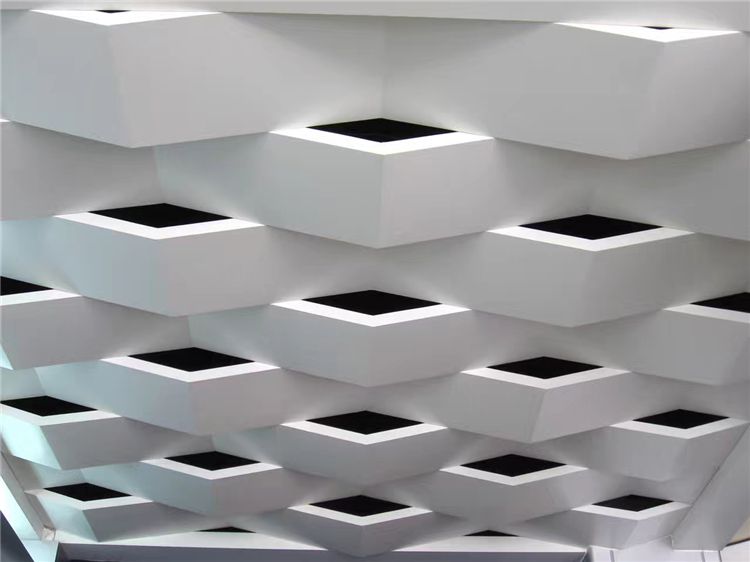
 Customer service QQ
Customer service QQ